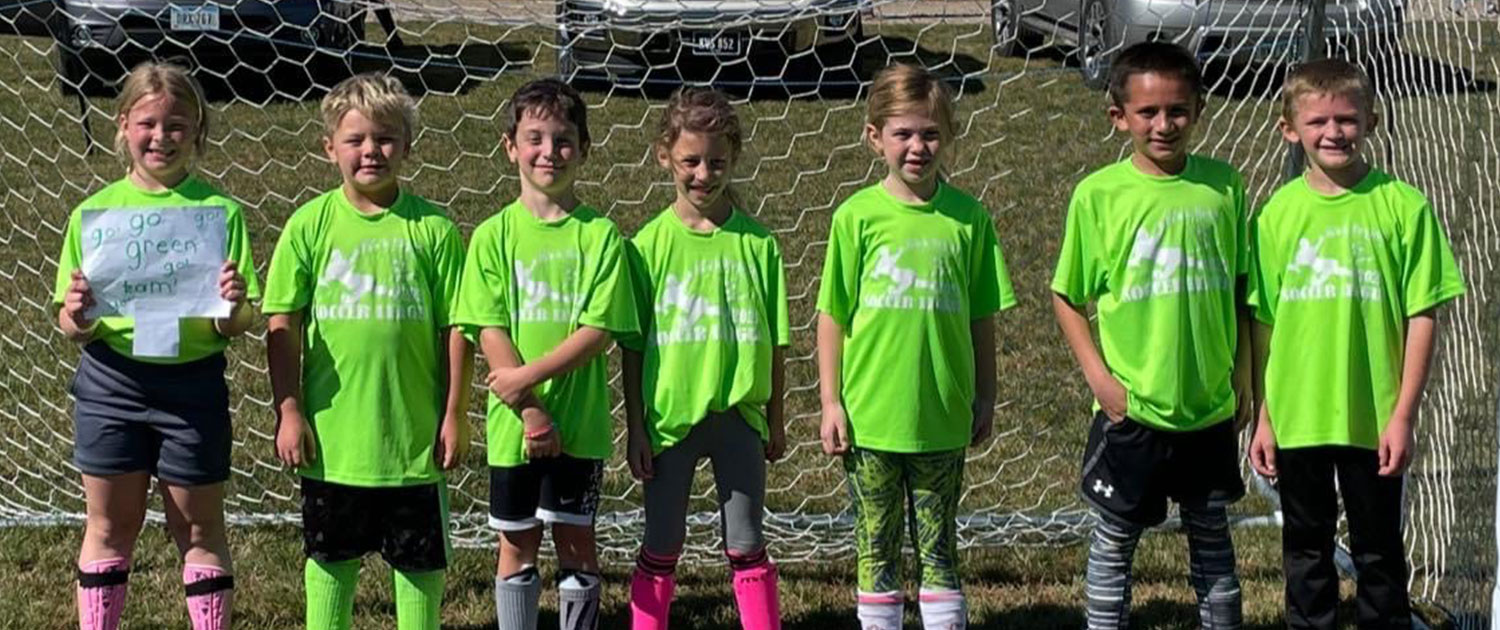Rock Rapids Spring Soccer Recreation
- Open to all 5th & 6th graders
- Cost $25/child
- Thursday/Saturday games, similar to the Fall rec soccer league
- Season will run April thru mid-May
- Planning some Saturday games with a few surrounding towns (home & away)
- Parents will be responsible for transportation for away games
- Children get to keep their t shirt at the end of the season
Register Your Child Today!
Oops! We could not locate your form.



